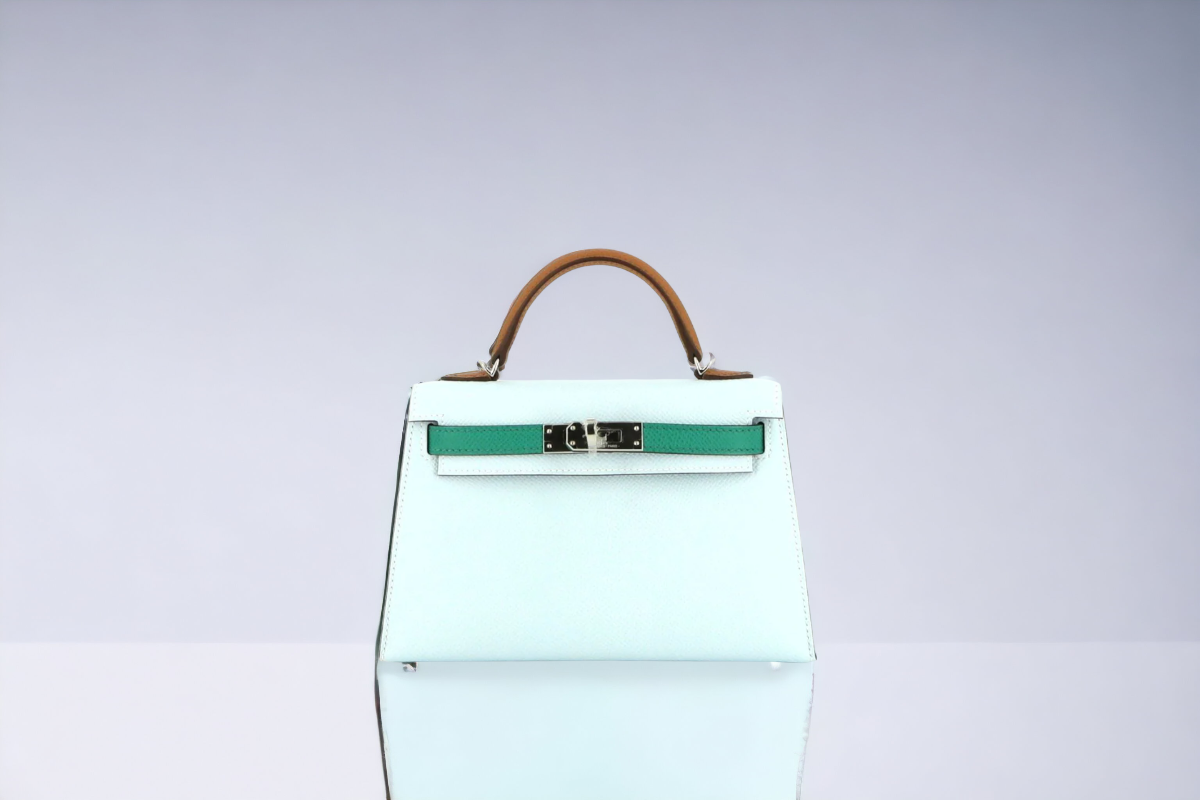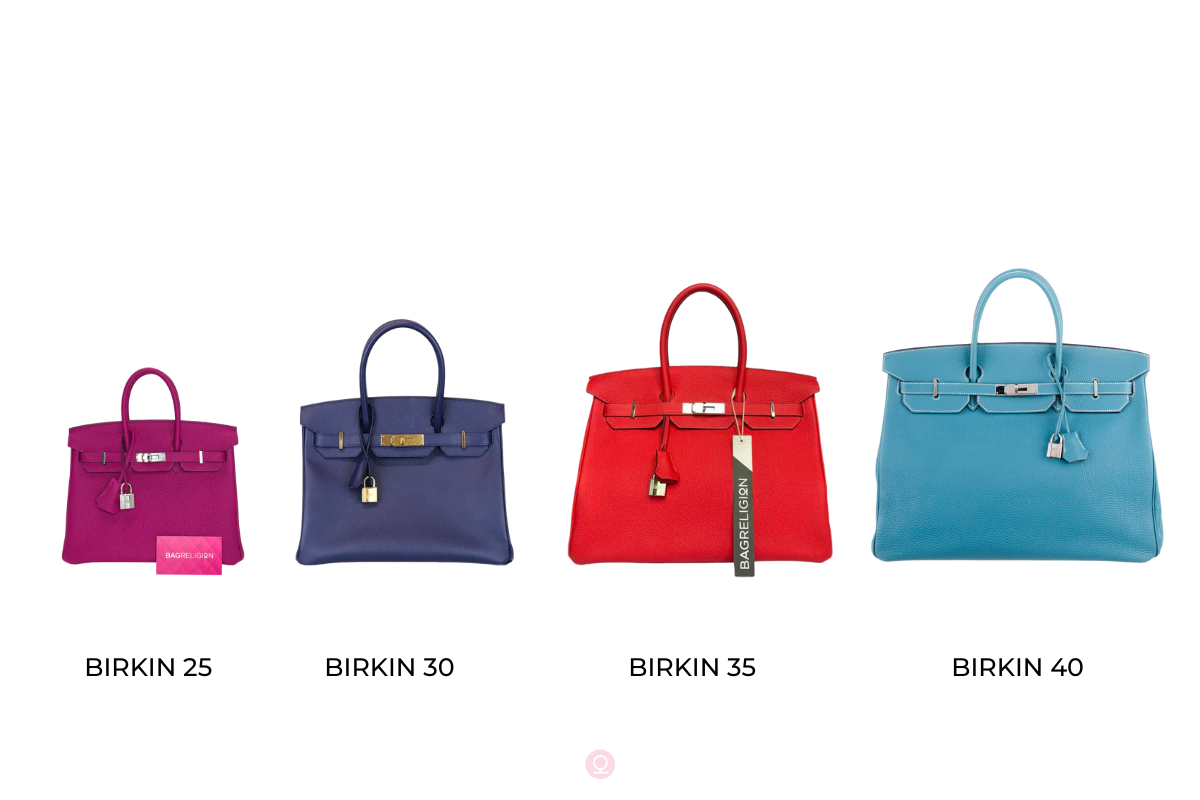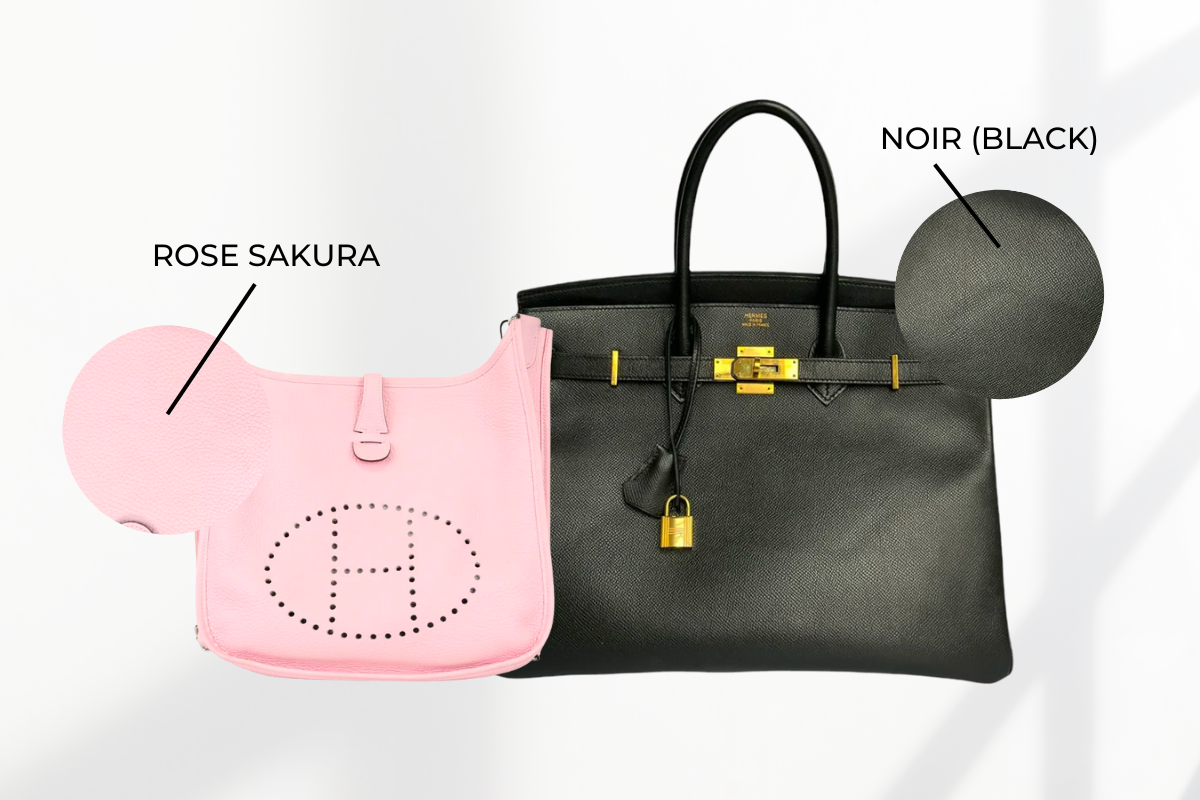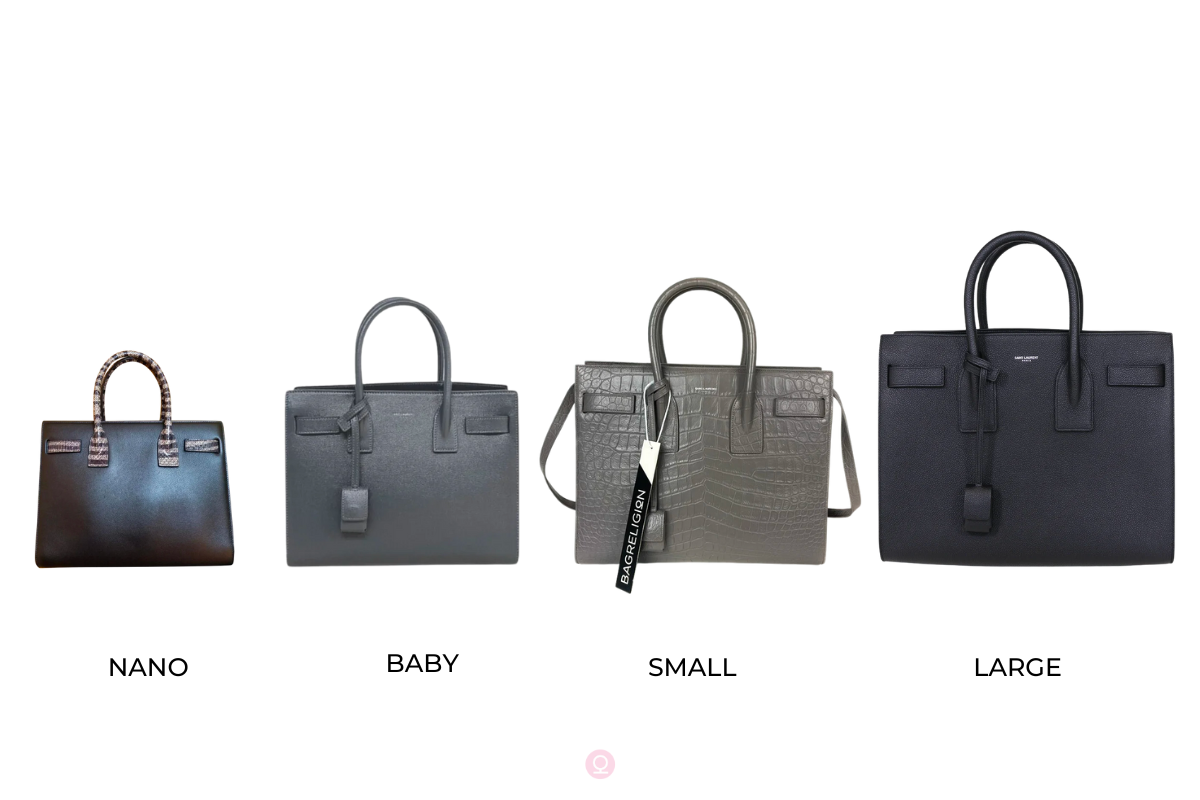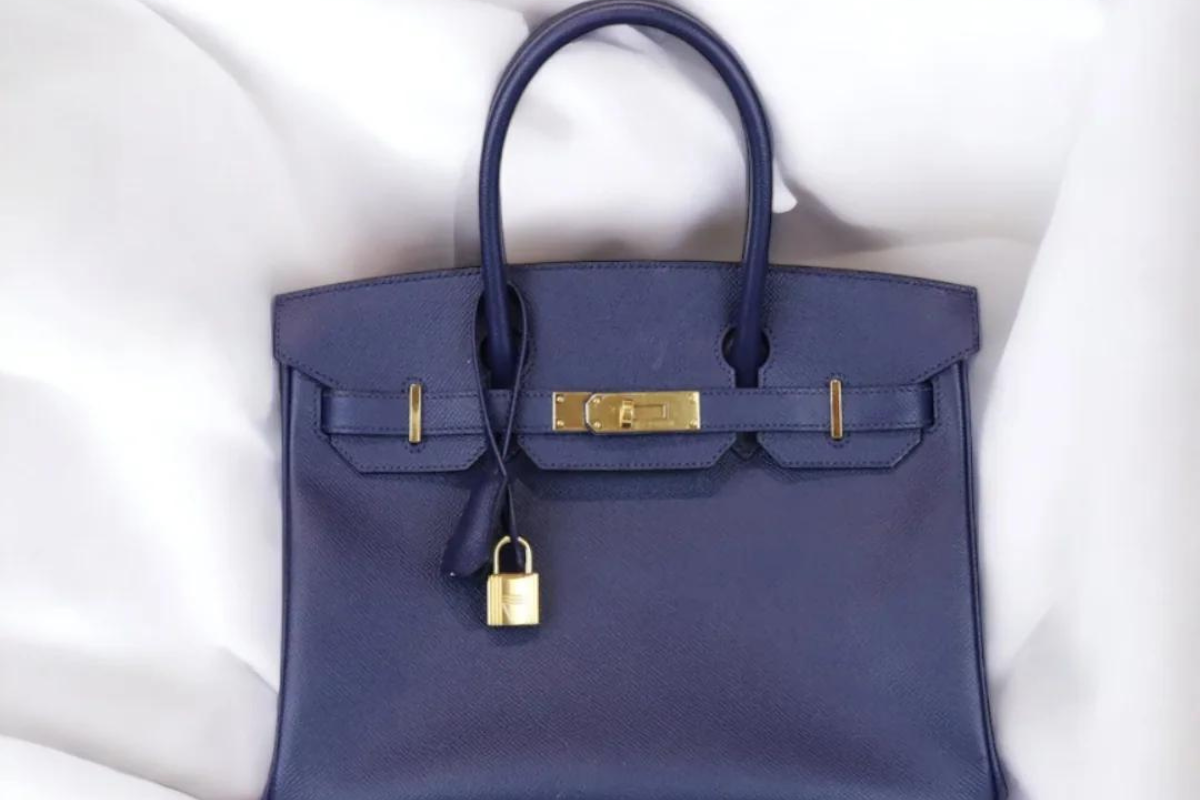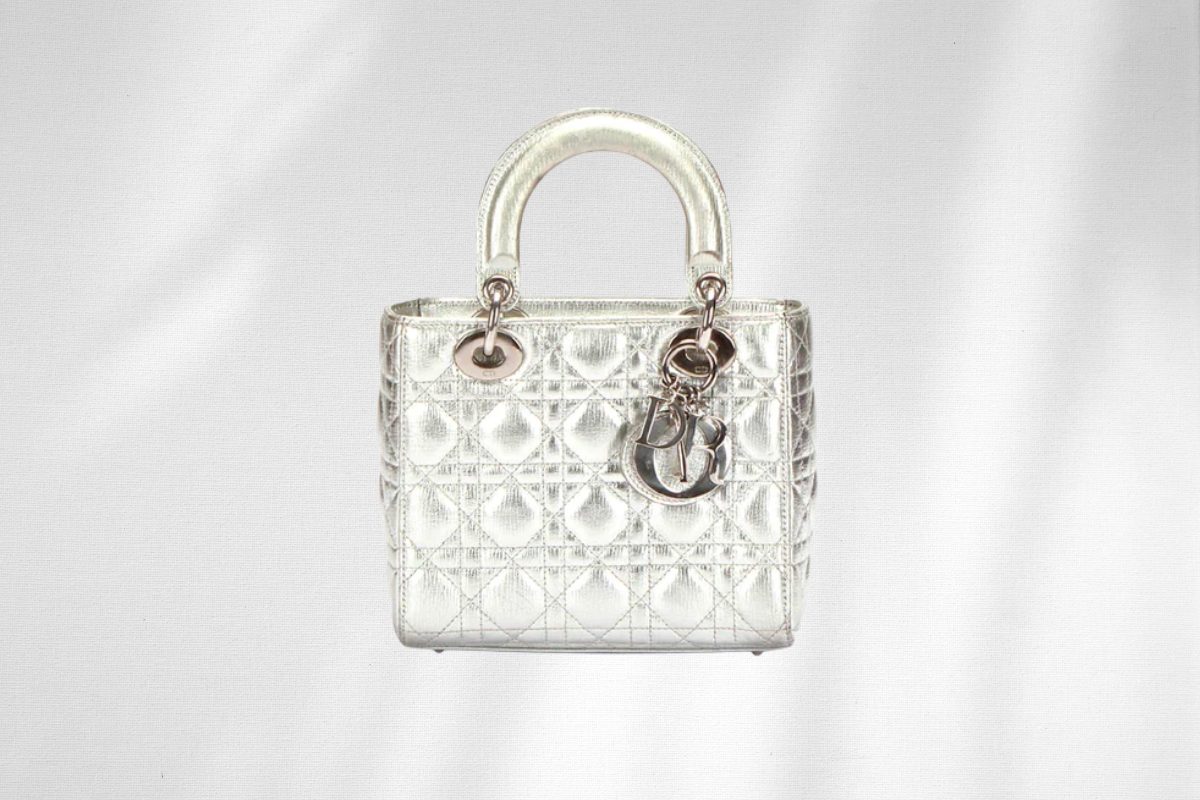
HERMES 101: GUIDE TO EXOTIC SKINS
Posted on
Hermes is the ultimate luxury purveyor, which means you can count on its handbags to be made with impeccable craftsmanship and the finest skins on earth. Only the highest grades of materials are sourced to create the brand's most luxurious bags, including exotic skins from alligators, lizards, ostriches and the house's most popular skin: crocodile.
Hermes products' use of exotic skins is not just limited to their bags. Hermes also taps into its arsenal of precious skins for accessories such as belts and bracelets.
Whether you're a seasoned Hermes collector or you're thinking of buying your very first bag, there're many things you need to know before making your decision. To read more about Hermes date codes and stamps, read our other blog here.
Exotic skins are a more significant investment because they tend to fetch higher prices. Here's our guide to the most popular types of exotic skins used by Hermes.
Exotic Skins

Alligator
Not to be confused with crocodile, the scales of the Alligator skin Hermes uses are more patterned than that of the crocodile: alligator scales are larger, more square, and feature rougher ridges due to the toughness of the skin. Alligator pieces come in both matt and shiny (lisse) finishes. The richness of the material makes it perfect for capturing vibrant colours and dyes, emphasizing effervescent colours like bright blues and pinks. The skin is farmed from the American Alligator natively found in the Mississippi River region in Hermes's farms in Texas.
Brand stamp: "□" square
Crocodile
One of Hermes' most covetable and highly regarded exotic skins is the crocodile. This skin is vibrant and durable, yet must be kept away from water to maintain its pristine condition. Hermes crocodile handbags are sourced from two places: Porosus and Niloticus.
Crocodile Porosus
Crocodile Porosus ranks #1 in fetching the highest resale price, as it is a genuinely premium material with small, square, and symmetrical scale patterns. Characterized by tiny pores on each skin scale, Crocodile Porosus is acquired from Crocodylus Porosus crocodiles, a saltwater species common to the entire Indo-Pacific region Hermès farms in Australia.
Brand stamp: '^' mark in foil
Crocodile Niloticus
This skin is harvested from Crocodylus Niloticus crocodiles, which Hermes sources at the southernmost tip of the Nile River in Zimbabwe.
These skins feature slightly larger scales than the Porosus Crocodile and are often seen lacking distinct pores.
Brand stamp: "••" diaeresis mark in foil
Lizard
As one of Hermes' most delicate skins, lizard skin requires a lot of special attention and is kept at a comfortable temperature to avoid drying and peeling. In addition, lizard skin is generally used for smaller handbags and accessories due to the size of the African monitor lizards used by Hermes.
Lizard Niloticus
The more common of the two Lizard skins, Lizard Niloticus, features ovate instead of circular scales, with tighter webbing between each scale.
Brand stamp: "-" single hyphen
Lizard Salvator
The skins of the Varanus Salvator are both native and farmed by Hermes in Southeast Asia. This skin often has an iconic "ombre" look from the lizard's natural ringlet patterning.
The scales of this lizard are identifiable by their circular hexagram shape. You may also notice a faint darkening effect near the center of each scale, as the small spines were polished off while preparing the skin for construction.
Brand stamp: "=" double hyphen
Ostrich
One of the main specialty exotic skin that Hermès uses is Ostrich skin has multiple pores, giving it a charming and feminine "polka dot" appearance.Hermès's Ostrich skins are farmed from Struthio Camelus ostriches from South Africa. Hermes treats its ostrich skin with colorations exclusive to the skin, like Violine, Tangerine and Gris Agate.
Brand stamp: No stamp
Himalaya

Of course, we saved the best – or most iconic, for last. The holy grail of Hermes' exotic skins, the Himalaya is crafted from Nile crocodile hide. The Himalaya features a delicate gradation of rocky grey and pearl white. The process of dyeing a crocodile hide is time-consuming and expensive.
Bags made using the wondrous and fine Himalaya material are produced in the most limited of numbers and reserved for the House's top clients, resulting in its rarity and cult status.
Used throughout Hermès's leather goods repertoire, it's essential to be familiar with the different types of rare exotic skins the house commonly uses. So which exotic skins do you think you'll invest in next?
ALSO READ: EVERYTHING YOU NEED TO KNOW ABOUT HERMES DATE STAMPS


